I held auditions in New York and saw about 500 people. Kim Weston-Moran was reading sides with the actors and at one point I just looked at her and I said, “Kim, you should play Alma.” So that’s how Kim became Alma. Victoria Platt, who plays Rainbow, auditioned. She was young and very, very strong, very, very strong. As a young person, she was just so generous in the audition. We cast someone as Ruby and they had to drop out, so I was looking for someone to play that role. Everyone said, “You’ve got to talk to Mizan [Nunes]”. So someone made a phone call, I went to her apartment down in the village. She auditioned and right on the spot I hired her. Initially Cassandra Wilson was contracted to play Ruby, but she had an opportunity to go on a tour and sing and it was one of those opportunities that came at the right time in her life, and so we let her out of her contract.
Speaking of singing, you wrote the song that Ruby sings in the funeral parlor. What was the inspiration behind that?
There was a time when I was traveling around Europe a lot. It was so interesting, the sensibility, where you’d see a lot of performers who had more personality than they did talent. It was so obvious to me that the personalities were kind of big and flamboyant and bold, but the talent wasn’t there. They’d be singing off key or arrhythmically – and not in a good way. Ruby is a person who’s really living off of her personality, in many ways. She’s not Josephine Baker. She admires her, but she’s not that. She doesn’t have a great singing voice, but she’s got a lot of chutzpah. So I wanted to write a song that was kind of bizarre, in many ways, but one that she just felt so attached to that she just gives it her all in that moment.
Another part I thought was really striking was the way you introduced Rainbow binding her breasts. You don’t often see girls represented in film not being prepared for puberty, not wanting people to know about their puberty, and then obviously, she gets her menstrual cycle, and I thought the way you dealt with that shock was really interesting.
In my own developmental years, I remember certain kinds of stories that I heard in my mother’s beauty parlor about men, about domestic violence, about being unfaithful. Early on, I kind of decided, or maybe it was decided for me, that I was put in this category of tomboy. I very much like sports. I was a very physical child. I had a lot of male friends growing up, and I saw them starting to change. So I felt more comfortable in baggy clothes, clothes that didn’t reveal the body. I didn’t want to talk to anybody about my body. I didn’t want anybody to talk to me about my body. I know some of that is tied up with some of the decisions that I made for the character Rainbow.



























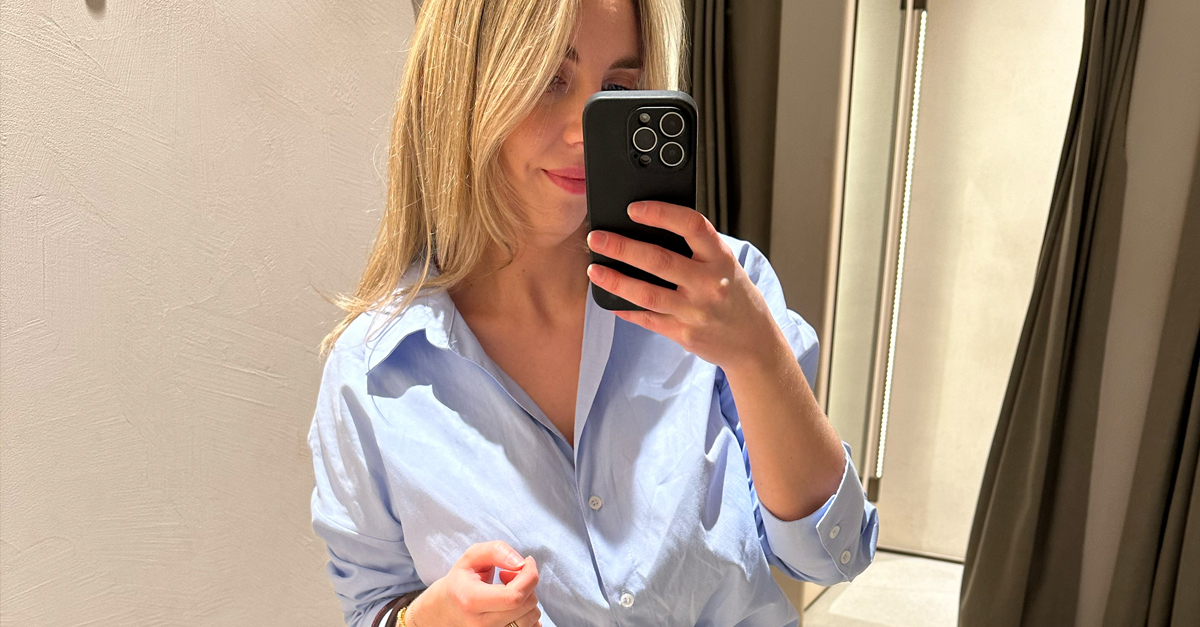

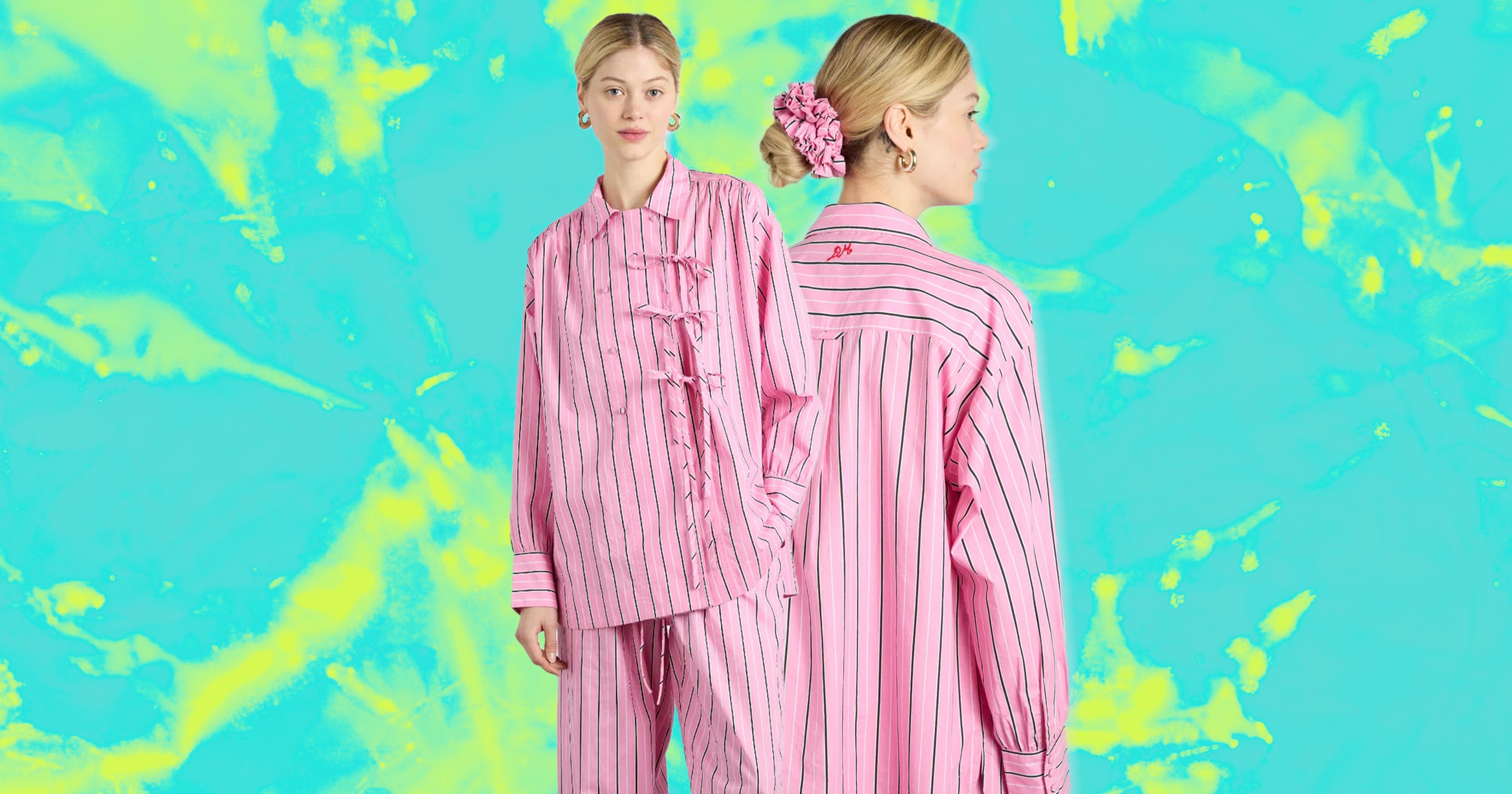







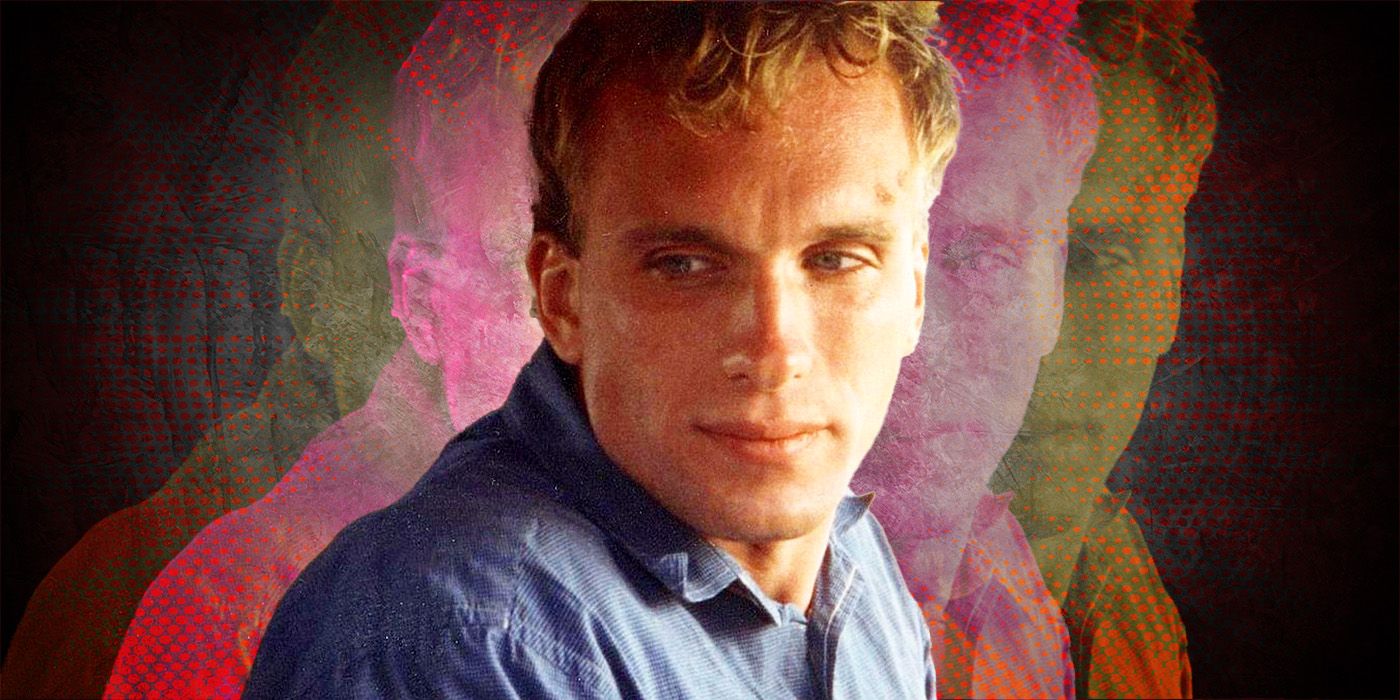
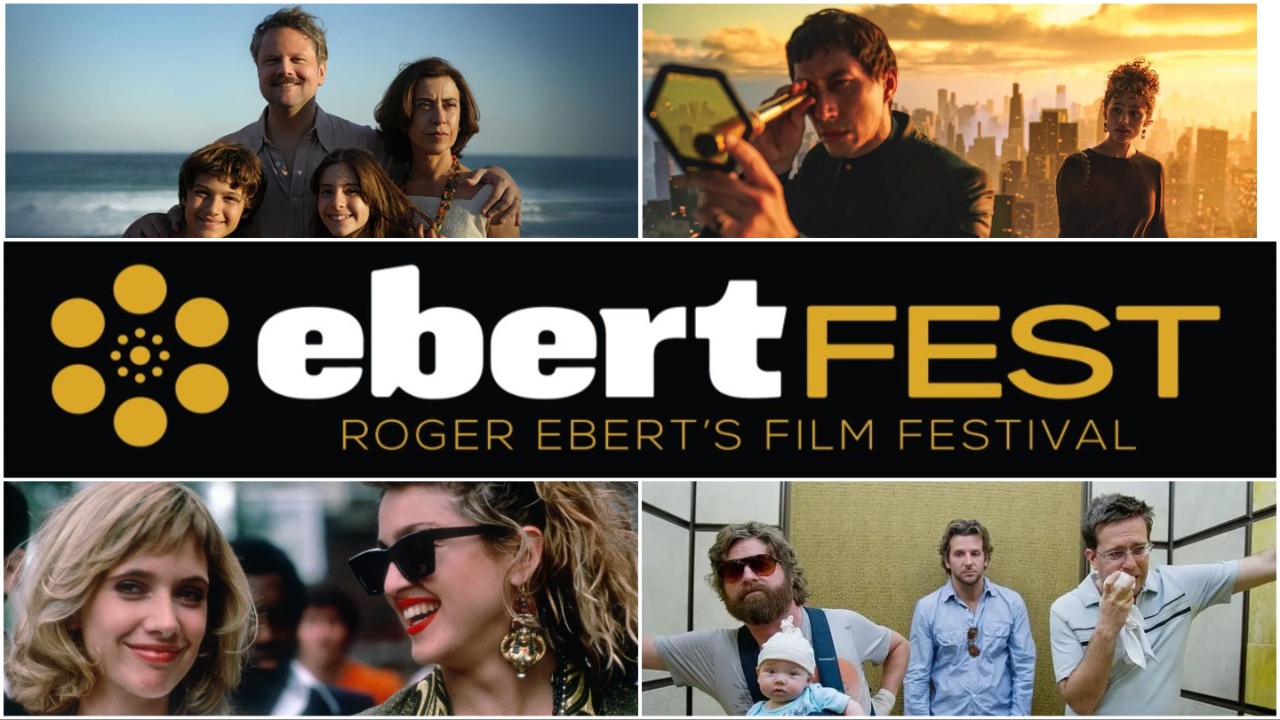




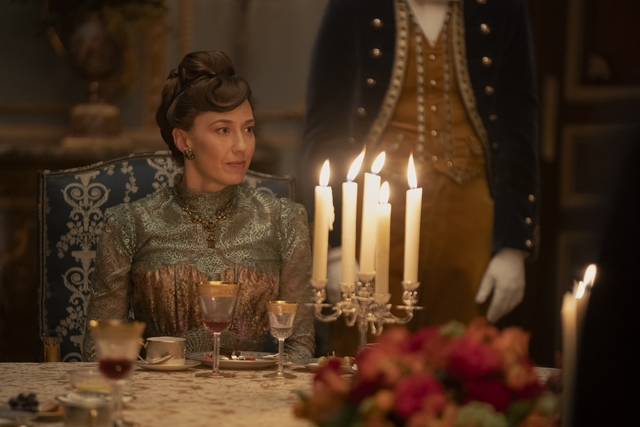






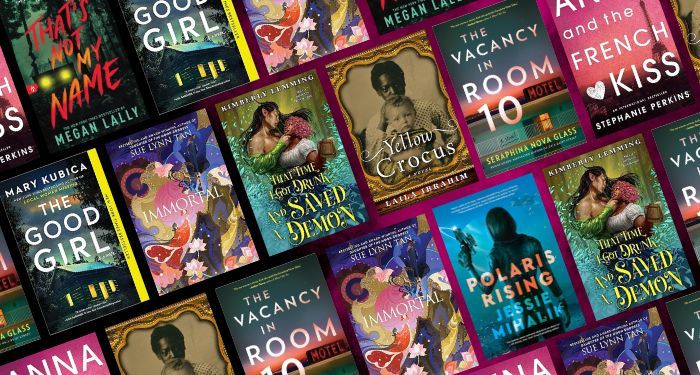



![7 Days, 7 Posts: A Simple Strategy to Grow on LinkedIn [Infographic] 7 Days, 7 Posts: A Simple Strategy to Grow on LinkedIn [Infographic]](https://imgproxy.divecdn.com/7epzwm9-fB6KXqQAejiRwM9a7W7L7TDsZIpMgqiNbSc/g:ce/rs:fit:770:435/Z3M6Ly9kaXZlc2l0ZS1zdG9yYWdlL2RpdmVpbWFnZS9zdGFydF9wb3N0aW5nX2xpbmtlZGluMi5wbmc=.webp)















